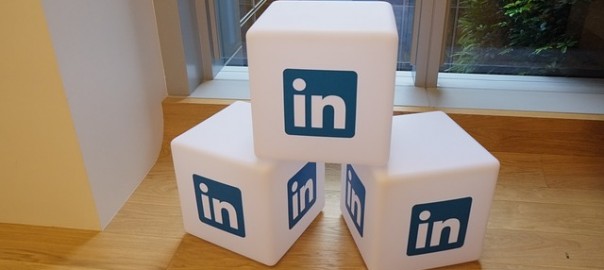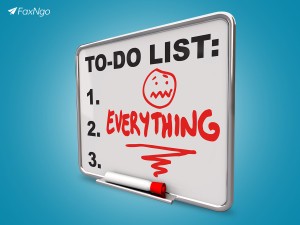
Joining and participating in LinkedIn groups is a great way to build your network, establish your voice, and generate leads. However, with more than two million LinkedIn groups, and over 8,000 groups added each day, it can be challenging to find groups with quality discussions and the right group members. Here are my tips to make sure you don’t waste your time in the wrong LinkedIn groups.
Get past crickets and spam
It’s easy to find spam filled groups, and to listen to some naysayers. After a while, you’d start to believe that all LinkedIn groups are filled with junk. I’ve found that with a little bit of research, there are great groups out there. But if you just rely on search, you probably won’t find them right away. If you put your favorite industry or category in the search engine, you’ll get dozens, if not hundreds, of similar sounding groups. Here are two quick ways to find great groups that are on target for you:
Follow the leader
Look up those industry influencers, key members of industry associations, socially active clients, and business partners to see what groups they belong to. I do this when I am looking for a specialized niche, such as PCI compliance. You can often preview the member list, and see your connections. Take a moment and see what other groups these influencers belong to that you might be interested in as well.
Find the right balance
Finding really huge groups with thousands of members isn’t enough. You need a group that’s well moderated and active. Look at group stats under members and activity, and you’ll find a chart that gives you the ratio of comments versus discussion. You want to see numbers that reflect a good balance of engaged discussions each week, not just people posting promotional stuff.
If you join a group and it isn’t working for you, move on. You can only join a maximum of 50 groups, so you don’t want to waste any of those slots. I recommend a balanced mix of industry categories (like cybersecurity), functional categories (like sales or IT), alumni organizations (companies and schools), and associations.
Be a polite guest
Here are six tips for optimal LinkedIn etiquette.
Ease in slowly
You don’t have to jump into a discussion right away. Get to know the group by commenting on existing discussions. Introduce yourself in a genuine, non-salesy way. Read the article, post, or thread thoroughly before commenting. When a question is asked, your priority is to answer the question and add value to the discussion.
Help the host
When you start a discussion thread, keep the conversation going. Reply, like, and thank others for their comments. This is the best way a group discussion stays alive. It’s just like hosting a party – you have an obligation to keep stirring it up, and stimulating the discussion.
Engage, don’t promote
There is a big difference between engaging and promoting. It’s important that you have genuine curiosity and share ideas and content that’s relevant and topical to others. At most, 10% of the time you can share something about you (a company webinar, your company’s newly released research study, etc.). Avoid having it be about you all the time. You don’t want to be “that spammer”.
Don’t feed the trolls
Yes, the Internet has trolls. Those are the folks who love to pick fights or bad mouth others. They exist even in awesome groups. Don’t rise to their bait.
Direct message members once you know them
After you’ve been involved in the group for a while and started to engage in discussion threads with the same folks, take it to the next step by reaching out directly. LinkedIn lets group members direct message other members, which is an ideal way to extend a personalized invitation to connect.
Offer to help moderate
Once your established and well known in a group, offer to help moderate. Moderating is a huge task, and most communities welcome assistance to keep the group active and spam free.
After you get involved in several groups, check your LinkedIn group feed for new suggestions. LinkedIn’s algorithms get better all the time, and once they figure out what looks right for you, they’ll suggest other groups. This gives you a chance to keep your groups fresh. I find that I belong to a core set of groups, and if a group becomes quiet or stale, I replace it with another group that is more interesting and engaged.
Check your groups at least once a week and keep up your level of input. This effort helps you build your influence and increases your relevant profile views.
Learn more about effectively finding LinkedIn contacts with the free ebook below.
(184)






